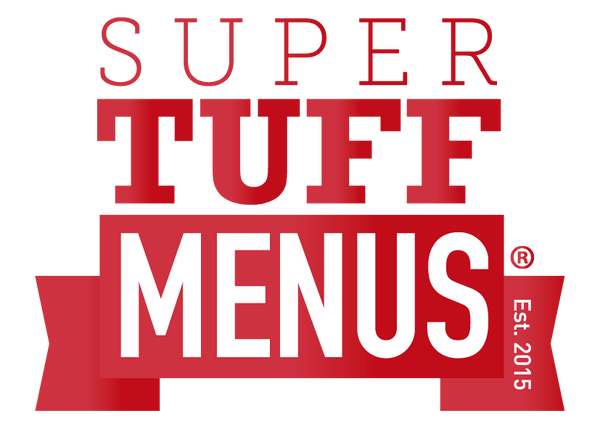Part 1.
If you’ve read our Menu Engineering series, welcome back. We can only hope you’re implementing some great insights into your menu! If not, hello! We’ve made it our mission to help share Gregg Rapp’s message.
His tried and tested methods for improving profitability and popularity in hospitality establishments include really simple changes that anyone can make. Here’s the latest biggie; menu descriptors.
‘A very big problem I see with most restaurants is they describe their menu items with a lifeless list of ingredients. This is unfortunate because menu descriptions allow you to share the heart and soul of your restaurant with customers and can have a defining impact on a restaurant’s reputation and profits. They really are that important.’
These are the ways in which Menu Engineer; Gregg Rapp believes menu descriptors can positively impact your restaurant:
Menu descriptions allow a restaurant to differentiate itself
Essentially, having a strong description on a menu item can make it appear more delicious/valuable/exciting than a similar item in an establishment two doors down the street. Stand out from its competitors. The trick is convincing customers that you’re offering something special - bear in mind this doesn’t compensate for bad food! If customers believe they can only get this distinctive item from you, you’ll be rewarded with increased traffic and your price will feel justified.
Good menu descriptions entice guests, leading to repeat business
Make it hard for your customers to choose! If you use enticing language on more than one item on your menu, chances are they’ll be back a second, third and fourth time to make sure they get to try them all.
Good menu descriptions lead guests to order more items at a given sitting
The average customer spends 90 seconds looking over a menu, that doesn’t leave much room for a bad layout or poorly written descriptions. By making it easier, you’re asking for less work from your customer, allowing less confusion and this will result in them reading the extra goodies they can be adding on to their order.

